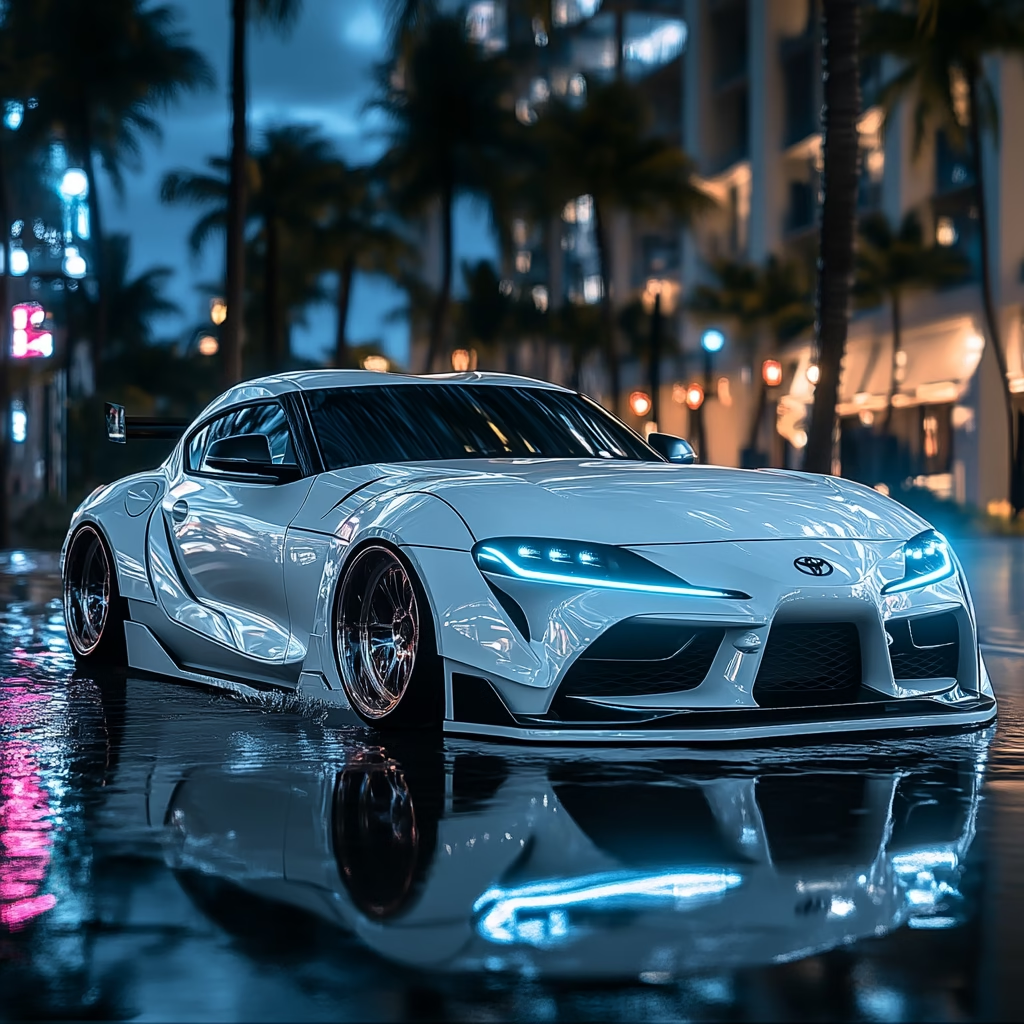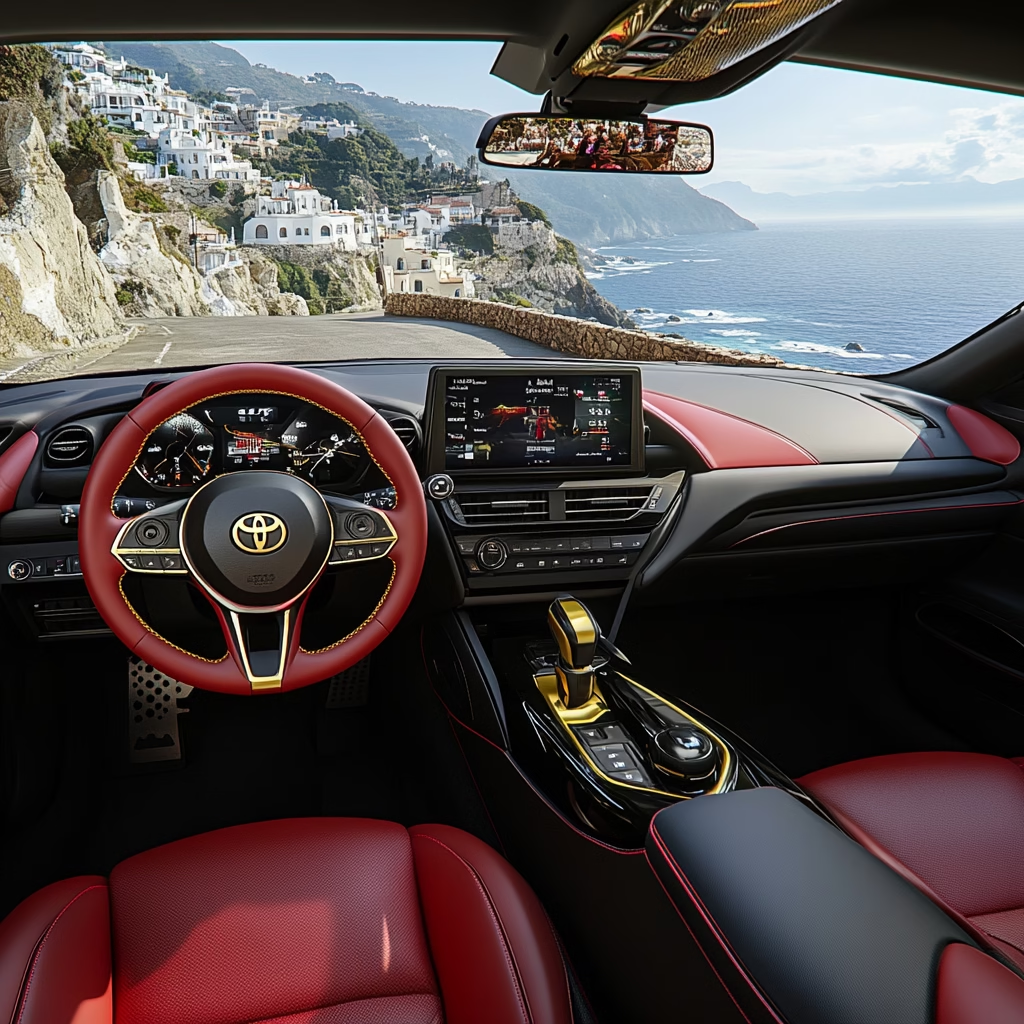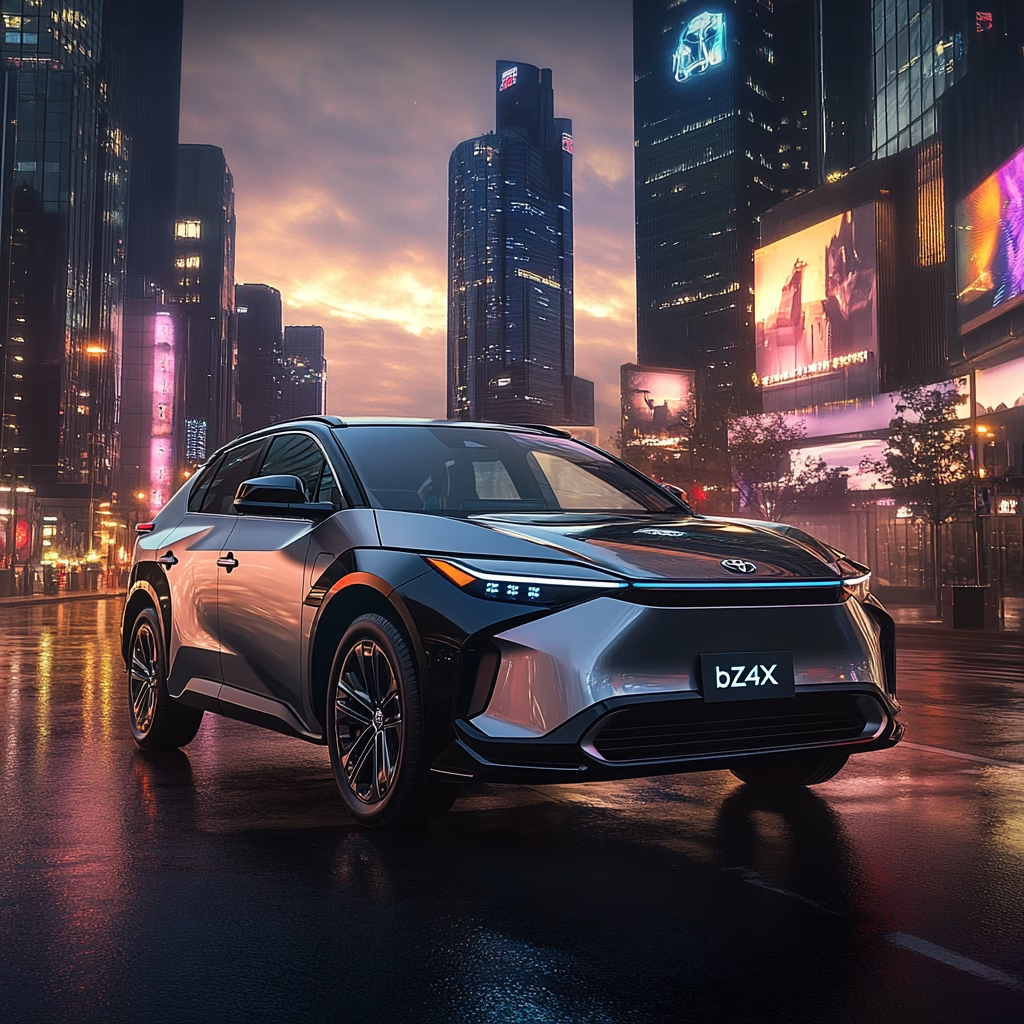The return of the Toyota Supra with the fifth-generation MK5 model marked one of the most anticipated comebacks in automotive history. After a 17-year hiatus, Toyota revived its iconic sports car nameplate in 2019, sending enthusiasts into a frenzy. The Toyota Supra MK5 represents both a continuation of a storied legacy and a bold step into the future of performance vehicles. This article explores everything you need to know about this remarkable sports car from its controversial development to its impressive performance specifications and what makes it worthy of the legendary Supra badge.
The Controversial Birth of the Toyota Supra MK5
The development story behind the Toyota Supra MK5 is unlike any other in Toyota’s history. In a surprising move that initially divided fans, Toyota partnered with BMW to create their new flagship sports car. This collaboration resulted in the Supra sharing its platform, powertrain, and many components with the BMW Z4 roadster.
When Toyota first announced this partnership, purists were concerned. Would this still be a “real” Supra, or just a rebadged BMW? Toyota’s Chief Engineer Tetsuya Tada addressed these concerns directly, explaining that without this collaboration, the new Supra might never have existed at all. The declining sports car market and prohibitive development costs made it financially unfeasible for Toyota to build the Supra entirely in-house.
Despite the controversy, this partnership allowed Toyota to bring back the Supra with an inline-six engine—a configuration that had become synonymous with the Supra name since the second generation. The resulting vehicle maintains the spirit of previous Supras while benefiting from BMW’s expertise in straight-six engine design.

Design and Styling: A Modern Take on a Classic
The Toyota Supra MK5’s exterior design pays homage to its predecessors while establishing its own distinct identity. The FT-1 concept car, first revealed in 2014, provided the design inspiration for the production model. The double-bubble roof, prominent front grille, and distinctive rear haunches create a silhouette that’s unmistakably Supra.
Lead exterior designer Nobuo Nakamura embraced what he called a “condensed extreme” design philosophy, creating a compact body with curves and sharp angles that maximize both aerodynamic performance and visual impact. At just 172.5 inches long and 73 inches wide, the Supra MK5 is actually smaller than its predecessor, the MK4, but its wide stance and perfect 50:50 weight distribution give it a commanding presence on the road.
Inside, the driver-focused cockpit wraps around the driver, creating an intimate connection between human and machine. The digital-analog hybrid instrument cluster, heads-up display, and BMW-sourced infotainment system blend modern technology with classic sports car ergonomics. While some interior components clearly reveal the car’s BMW origins, Toyota has done enough to give the cabin its own distinct character.

Performance Specifications: Living Up to the Supra Name
When the Toyota Supra MK5 launched in 2019, it came equipped with a BMW-sourced 3.0-liter turbocharged inline-six engine producing 335 horsepower and 365 lb-ft of torque. This powerplant enabled the Supra to accelerate from 0-60 mph in just 4.1 seconds—impressive figures that put it firmly in sports car territory.
However, Toyota wasn’t content to rest on these laurels. For the 2021 model year, Toyota boosted the 3.0-liter engine’s output to 382 horsepower and 368 lb-ft of torque, shaving the 0-60 time down to around 3.9 seconds. Additionally, Toyota introduced a more affordable entry-level model with a 2.0-liter turbocharged four-cylinder producing 255 horsepower.
One of the most celebrated updates came for the 2023 model year when Toyota finally answered enthusiasts’ prayers by offering a six-speed manual transmission option alongside the standard eight-speed automatic. This addition reinforced Toyota’s commitment to driver engagement and the pure sports car experience.
The Supra’s chassis dynamics are equally impressive. The rigid platform, adaptive suspension, active differential, and perfect weight distribution combine to create a vehicle that feels incredibly composed through corners. Many professional drivers have noted that the Supra MK5 feels more nimble and communicative than its specifications might suggest—a testament to Toyota’s chassis tuning expertise.

The BMW Collaboration: Blessing or Curse?
The Toyota-BMW partnership that produced the Supra MK5 remains a controversial topic among automotive enthusiasts. Critics argue that too much BMW DNA dilutes the Supra’s Japanese heritage and distinctive character. Defenders counter that the collaboration preserved the Supra’s straight-six tradition and made the project economically viable.
What’s undeniable is that the partnership allowed Toyota to bring back the Supra nameplate with competitive performance at a relatively accessible price point. Had Toyota developed the entire car in-house, the final product would likely have been significantly more expensive or possibly never produced at all.
Toyota’s engineers have been transparent about their contributions to the project. While the hardware may share BMW origins, Toyota claims full responsibility for the vehicle’s tuning and driving character. Chief Engineer Tada has stated repeatedly that the Supra drives differently from its Z4 cousin, with Toyota-specific suspension settings, steering calibration, and stability control programming.
Independent testing has largely supported these claims, with most reviewers noting distinct personality differences between the Supra and Z4 despite their shared components. The Supra generally exhibits sharper handling responses and a more focused sporting character compared to the Z4’s more refined grand touring orientation.

Racing Heritage and Track Performance
The Supra nameplate has always been associated with motorsport, and the MK5 continues this tradition. Since its launch, the fifth-generation Supra has competed in various racing series worldwide, including Super GT in Japan, NASCAR in the United States, and drift competitions globally.
Toyota also developed the Supra GT4, a race-ready version available to customer racing teams. This competition-spec model features enhanced aerodynamics, a strengthened chassis, and a modified version of the production car’s engine producing up to 430 horsepower.
On track, the road-going Supra MK5 demonstrates impressive capabilities. Its balanced chassis, responsive steering, and strong braking performance make it a favorite among driving enthusiasts who participate in track days and autocross events. Professional drivers have praised the Supra’s predictable handling characteristics even when pushed to the limit—a crucial attribute for a performance car.

The Aftermarket Scene: Continuing the Supra Tradition
Like its predecessors, particularly the legendary MK4, the Toyota Supra MK5 has quickly developed a vibrant aftermarket community. Tuning companies worldwide have embraced the new Supra, developing everything from simple ECU tunes to comprehensive performance packages.
The BMW-sourced B58 engine has proven remarkably receptive to modifications. Simple software adjustments can yield significant power increases, while more extensive modifications like upgraded turbochargers, exhaust systems, and cooling components can push the engine well beyond 500 horsepower while maintaining reliability.
The aftermarket has also addressed some of the aesthetic complaints about the production car. Companies offer alternative body panels, including redesigned front bumpers that eliminate the controversial “fake” vents of the production model. Interior customization options are equally abundant, allowing owners to further distinguish their Supras from their BMW cousins.
This thriving aftermarket ecosystem is crucial to the Supra’s identity and long-term appeal. It allows owners to personalize their vehicles and build upon Toyota’s foundation, creating unique expressions of the Supra concept that range from subtle enhancements to radical reinterpretations.
The Future of the Toyota Supra MK5
As the automotive industry accelerates toward electrification, questions arise about the future of internal combustion sports cars like the Supra. Toyota has not officially announced plans for electrifying the Supra, but industry trends suggest some form of electrification is inevitable.
Toyota has demonstrated its commitment to the Supra platform through continuous improvements since its launch. The power increase for 2021 models and the addition of the manual transmission option for 2023 show that Toyota is actively listening to customer feedback and evolving the product accordingly.
Limited edition models like the A91-CF Edition, featuring extensive carbon fiber components and exclusive design elements, indicate Toyota’s intent to keep the Supra fresh and desirable throughout its production run. These special editions also help cement the MK5’s place in Supra history and collector appeal.
Conclusion: A Worthy Successor to the Supra Legacy
The Toyota Supra MK5 faced enormous expectations upon its return. Following the almost mythical status achieved by the MK4 Supra Turbo—particularly after its starring role in “The Fast and the Furious” franchise—any new Supra would have faced intense scrutiny.
While the BMW collaboration initially raised eyebrows, the resulting vehicle has largely won over critics through its excellent performance, engaging driving dynamics, and authentic sports car character. The Toyota Supra MK5 successfully balances respect for heritage with the realities of modern automotive development.
For enthusiasts who feared the Supra nameplate might never return, the MK5 represents a triumphant compromise—not a perfect reincarnation of the past, but a worthy continuation of the Supra legacy adapted for contemporary times. As the automotive landscape continues to evolve, the fifth-generation Supra stands as a celebration of the sports car tradition and a reminder that driving passion remains alive and well at Toyota.








